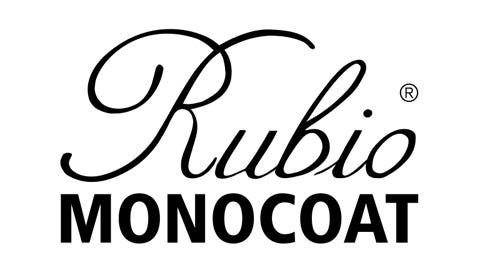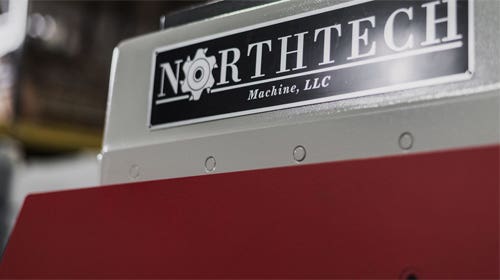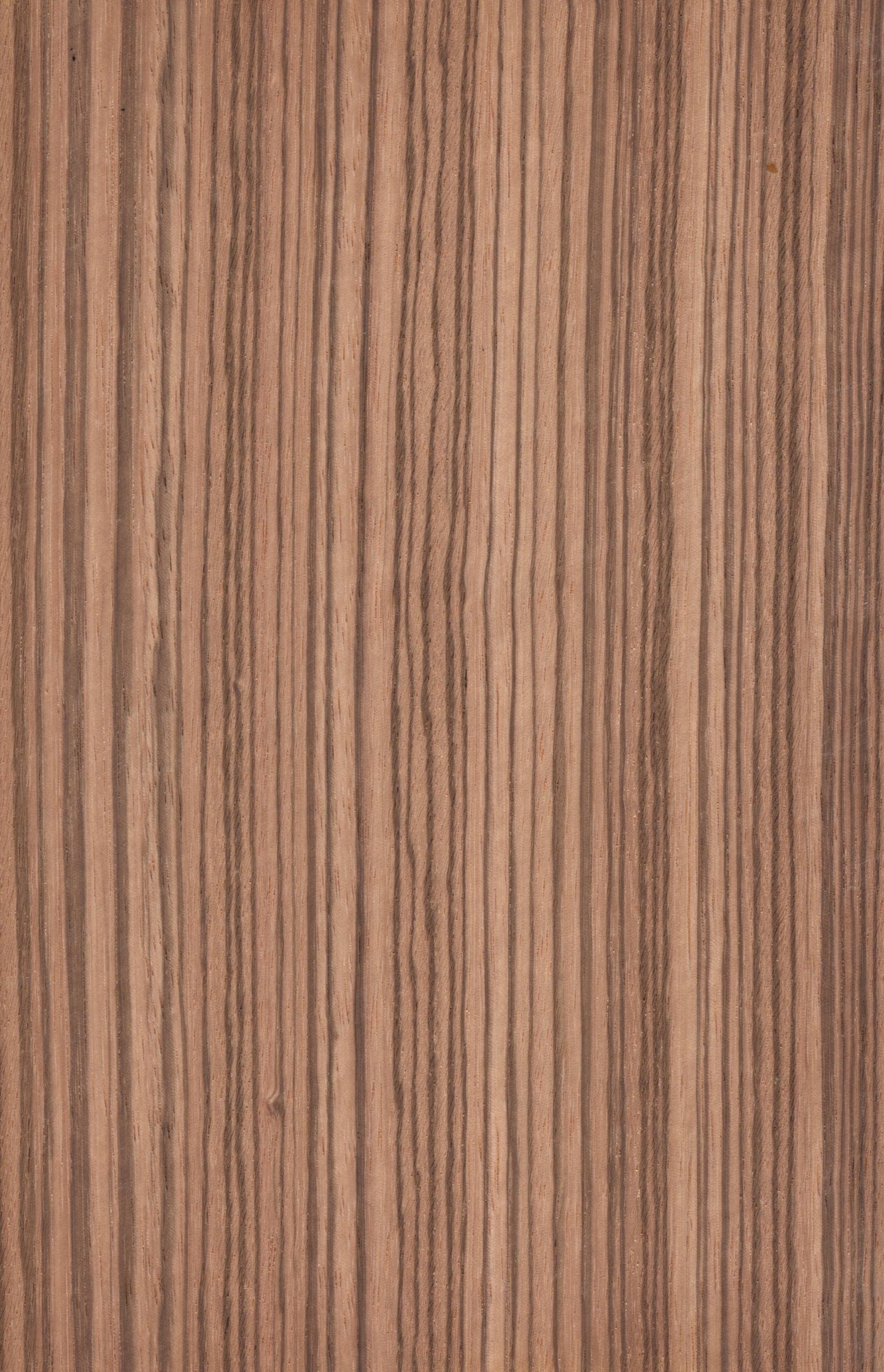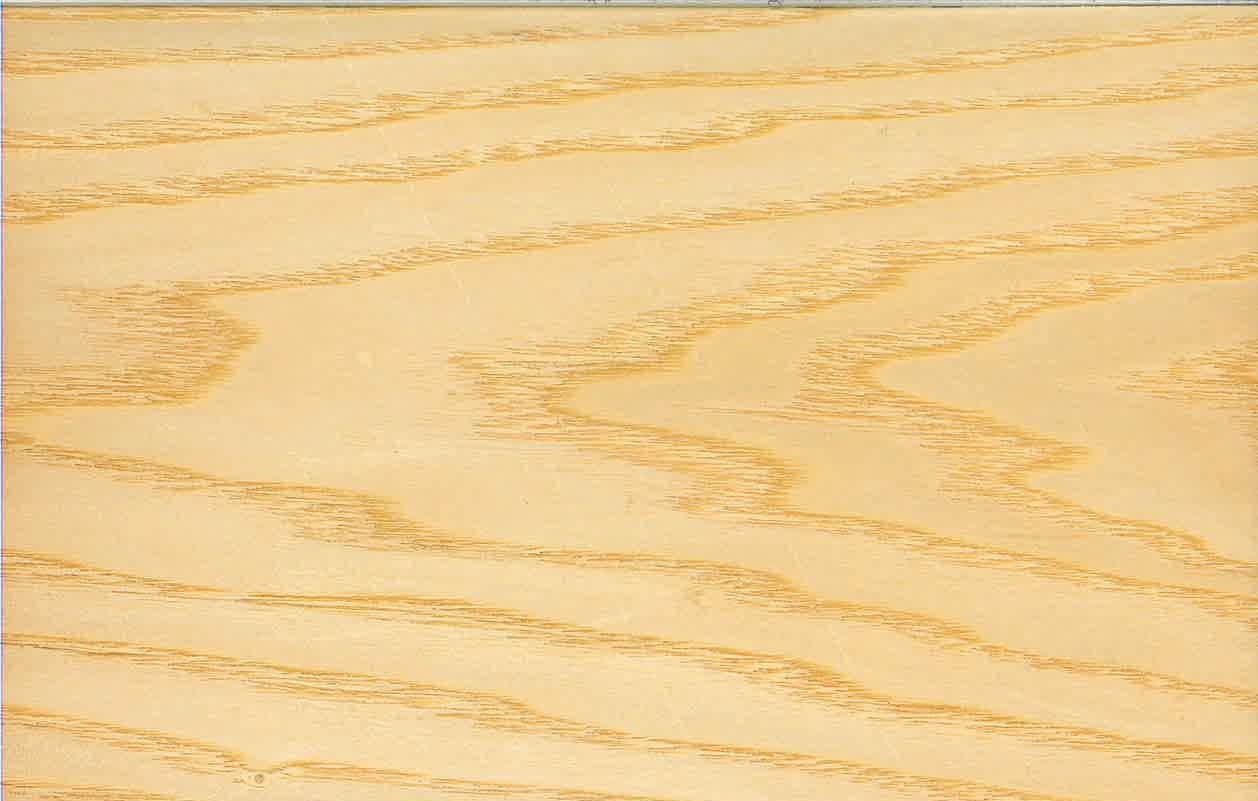Walnut sales knock cherry off the top
For a number of years now, cherry has absolutely ruled the domestic wood market. Demand has been strong and retail prices have exceeded $6/bf for nearly 10 years. However, things…
For a number of years now, cherry has absolutely ruled the domestic wood market. Demand has been strong and retail prices have exceeded $6/bf for nearly 10 years. However, things have changed during the last year or two and walnut has emerged as the current wood of choice. Wholesale and retail dealers can't pinpoint the reason why, but in this economy they are simply happy that something is selling well.
So what has happened to the cherry market?
"It sucks. It sucks royally," says Christ Groff of Groff & Groff Lumber in Quarryville, Pa. "It's in the toilet. The housing market is down and cherry goes right with it. It always does. Walnut is booming. But cherry is horrible. Even the veneer guys aren't buying it now. The price is way down. They're still cutting it, but it is not anywhere near what it was before. Logs that would have gone to the veneer market that would have brought $5 to $7 are only bringing $2. There's just not much demand for it. Walnut, on the other hand, it is going through the roof. I don't know why it is, but it is."
"It's still kind of slow out there," says Jerry Anton of O'Shea Lumber Co., a wholesaler in Glen Rock, Pa. "The cherry seems to have cooled off a bit. The only thing that seems to be gaining any momentum is walnut. That is the only thing that is going up in price, everything else is coming down. The price of cherry has just come down a little bit; it's nothing terrible. But nothing is really going up except walnut."
Black cherry (Prunus serotina) is also known as wild cherry, wild black cherry, choke cherry, cabinet cherry and rum cherry, and grows from Canada south to central Florida and portions of Mexico and Guatemala. Its highest concentration is in Pennsylvania, which supplies about 70 percent of the country's cherry, although it only represents 3 to 4 percent of the Appalachian forest.
A few dealers say cherry has bottomed out and is now on the way back, albeit slowly.
"We've definitely seen an uptick since this time a year ago and even from the fall," says Lou Irion of Irion Lumber Co. in Wellsboro, Pa. "It was absolutely dead a year ago, but we are getting some inquiries and we are making some sales. So we are cautiously optimistic. But when it comes down to it, there aren't that many really beautiful woods. Cherry, walnut, mahogany ... where else do you go?
"I think it is a combination of a couple of things. One thing that is huge is that at the height of the cherry boom all of the best logs were being exported, even the saw logs. So those logs are being sawn domestically, rather than being shipped overseas. Just by the nature of the better quality logs, the lumber is better quality and it is a buyer's market."
Black cherry trees reach heights between 80' and 100' with diameters of 2'-3'. The heartwood is pinkish-brown to reddish-brown with a distinctive golden luster. The sapwood is narrow and is a white to reddish-brown color. Black cherry is used extensively for fine furniture, cabinetry and architectural millwork and, to a lesser degree, musical instruments, professional and scientific instruments, novelty items, toys and veneer.
Cherry is sensitive to ultraviolet light and changes to a reddish-brown, mahogany color upon exposure. It works well with hand tools and power tools, polishes to an excellent finish and is dimensionally stable. The wood is straight-grained and is easily machined. It saws cleanly, turns well and planes excellently. Cherry holds screws and nails well and it glues well.
With the diminished demand for cherry, the quality has increased. In the past, customers could expect to get at least 100 percent clear heartwood on one face and 50 percent on the other face. But since veneer logs are now being cut for lumber, the percentage has increased.
"The good thing is there are better logs going into lumber now instead of veneer, so if you are buying cherry, if you are not getting old stock, you should be getting excellent stuff as far as quality and width," Groff says. "We used to have a minimum of 100/50, but a couple years ago we stepped it up to where we're up to 100/80."
"We have a lot of 100/90 because we pick it," Irion says. "We have some that is 100 percent two-faces, but we've always had that. Our business is a little different because we pretty much pick everything that we bring in. I deal with other people in the cherry market and they are all saying it is definitely on the upswing and you can talk to them about your needs. Ten years ago, they would say if you don't want this, there are 10 guys standing behind you."
Retail prices for 100 bf of kiln-dried, 4/4 FAS black cherry, surfaced on two sides, ranged from $5 to $5.50/bf in the Northeast; $4.90 to $5.50/bf in the South; $5.50 to $5.90/bf in the Midwest; and $6.20 to $6.70/bf in the West.
Wholesale prices for 1,000 bf of kiln-dried 4/4 FAS black cherry ranged from $4,775 to $5,100/mbf in the Northeast; $4,850 to $5,000/mbf in the Southeast; $5,200 to $5,450/mbf in the Midwest; and $5,700 to $5,950/mbf in the West.
This article originally appeared in the March 2011 issue.







